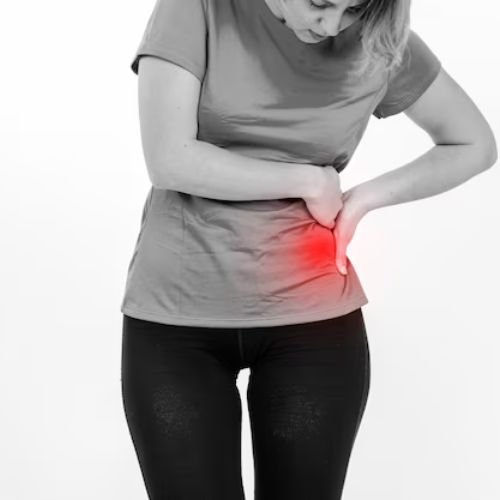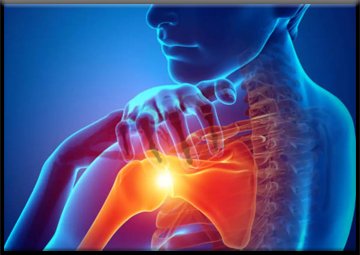Hip Pain
Hip pain is a common ailment that can significantly affect a person's quality of life, mobility, and overall well-being. The hip joint is a crucial part of the body's skeletal system, connecting the pelvis to the femur and allowing for a wide range of motion, including walking, running, and sitting. When hip pain strikes, it can manifest in various ways and stem from a multitude of underlying causes, ranging from overuse injuries to degenerative conditions.
One of the most prevalent causes of hip pain is osteoarthritis, a degenerative joint disease characterized by the breakdown of cartilage in the hip joint. As the cartilage deteriorates, the bones may rub against each other, leading to pain, stiffness, and reduced flexibility. Osteoarthritis often develops gradually over time, particularly in older adults, but it can also affect younger individuals due to factors such as genetics, joint injuries, or obesity.
Another common source of hip pain is bursitis, which occurs when the small, fluid-filled sacs called bursae, located around the hip joint, become inflamed. Bursitis can result from repetitive motions, such as running or cycling, or from direct trauma to the hip area. The inflammation of the bursae can cause localized pain, tenderness, and swelling, particularly when putting pressure on the affected hip.

Hip pain may also arise from muscle strains or ligament sprains caused by sudden movements or overexertion. The muscles and ligaments surrounding the hip joint play a crucial role in stabilizing and supporting the joint during physical activities. When these soft tissues are stretched beyond their limits or subjected to excessive force, they can become strained or sprained, leading to pain, swelling, and limited mobility.
In some cases, hip pain may be referred from other parts of the body, such as the lower back or the knees. For example, conditions like sciatica, which involve compression or irritation of the sciatic nerve in the lower back, can cause radiating pain that travels down the hip and into the leg. Similarly, hip pain may also be a symptom of hip labral tears, stress fractures, or hip impingement syndrome, each requiring specific diagnostic approaches and treatment strategies.
Diagnosing the underlying cause of hip pain often involves a comprehensive evaluation by a healthcare professional, including a physical examination, medical history review, and possibly imaging studies such as X-rays or MRI scans. Treatment for hip pain varies depending on the cause and severity of the condition but may include conservative measures such as rest, physical therapy, pain management techniques, or the use of assistive devices like canes or braces. In more severe cases, surgical interventions such as hip replacement surgery may be necessary to alleviate pain and restore function to the hip joint.
Overall, hip pain is a multifaceted condition that can arise from a wide range of factors, including age-related degeneration, repetitive stress injuries, traumatic events, or underlying medical conditions. By understanding the potential causes and seeking appropriate medical care, individuals experiencing hip pain can take steps to manage their symptoms, improve their mobility, and enhance their overall quality of life.










